Bolivian coffee flavor and taste characteristics Bolivian coffee story how to drink Bolivian coffee

Professional coffee knowledge exchange more coffee bean information please follow the coffee workshop (Wechat official account cafe_style)
Bolivia is one of the poorest countries in Latin America, close to Brazil and Colombia, two big coffee producers. Although the economic level of Bolivia is not high, Front Street is very optimistic about Bolivian coffee beans and believes that Bolivia is a country with the potential for coffee exports.
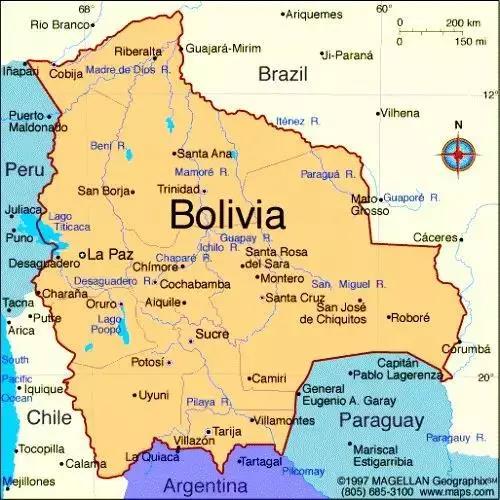
A Bolivian Java coffee on the front street is from Waliki Manor. Waliki is a small estate with an area of only six hectares. It is located in Karanawi, the main coffee producing area of Bolivia. It is quite high above sea level, more than 1660 meters above sea level. The climate of the area is cold, so the coffee planting cycle is relatively long.
Qianjie also learned that although high altitude will make coffee fruit mature more slowly than coffee at low altitude, and make coffee grow longer, there are also advantages, that is, this slow ripening process can increase the sugar concentration in coffee fruit and make coffee fruit sweeter.
In addition to sweetness, coffee produced at high altitudes in Bolivia also has a soft citrus acidity and berry flavor. The coffee flavor produced at relatively low altitude shows a balanced taste, chocolate sweetness and soft sour taste.
Of course, in addition to the altitude and terrain, the flavor of coffee is also closely related to the variety of coffee. Most of the coffee varieties grown in Bolivia are iron cards, and there are also a small number of Kaddura varieties, but the most special coffee variety is the Java variety. As far as Qianjie knows, JAVA is actually a coffee variety from Ethiopia, known locally in Bolivia as long beans, because of its long shape, so its official name is Java (Java). Do not underestimate the Java variety, Java has a strong resistance to leaf rust, suitable for small farmers, its flavor is also very outstanding, as good as rose summer.
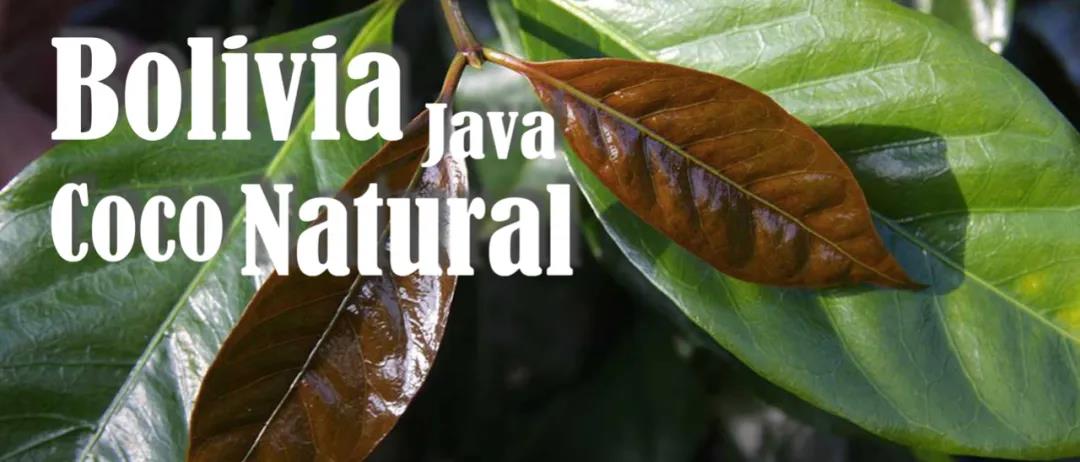
Even if Bolivia has a good flavor, comparable to Rosa, and has the best conditions for growing coffee, coffee production is very low. Qianjie believes that on the one hand, coffee production in Bolivia is mainly related to small farmers, on the other hand, it is mainly related to Bolivian coffee culture. Because Qianjie learned that about 40% of the coffee beans produced in Bolivia are mainly sold domestically.
Coupled with the fact that Bolivia is a poor area, it is certain that transportation will not have the same convenient coffee transport system as neighboring Brazil and Colombia. The main producing area of Bolivian coffee beans is the Yonggas region. The infrastructure here is very backward and there is a lack of large washing plants. In addition, the traffic in Yonggas is very inconvenient, which is known as the "road of death". In this way, the road can easily lead to the fermentation and decay of coffee fruit in transit, resulting in a choking smell. Qianjie believes that this situation is very bad for Bolivia's coffee exits.
Bolivian farmers mainly use water washing to treat raw beans, putting the selected coffee cherries into a peeling machine to initially remove their peel and pulp; putting raw coffee beans with residual pectin into water and letting them ferment for about 24 hours; after fermentation, wash the raw coffee beans with parchment in a flow tank to remove their pulp and pectin. After washing, dry the coffee beans or dry the coffee beans with the help of a dryer to reduce the moisture content to about 12%. Finally, remove the parchment of raw coffee beans and store them in the warehouse.
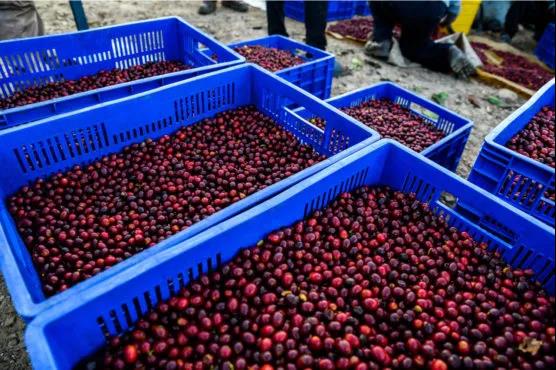
But other producing areas in Bolivia occasionally use sun treatment. Qianjie believes that these areas that use sun treatment may be in view of the cold climate in Bolivia, so many farmers use machine drying instead of sun drying, which is called cocoa solarization. Qianjie believes that many people have never heard of cocoa dryers for processing coffee beans, which was first used by Pedro of the Rodriguez family to use this latest technology to use cocoa dryers to slowly and continuously dry coffee beans at low temperatures. this can reduce the impact of the weather.
The process of cocoa sun treatment is generally as follows: picking the most mature coffee fruit during the best maturity. After selection and weighing, the coffee fruit is washed carefully, dried on an African drying bed, and then turned every hour. A week later, put the coffee fruit in the cocoa dryer. Then put the processed raw coffee beans into the warehouse for storage.
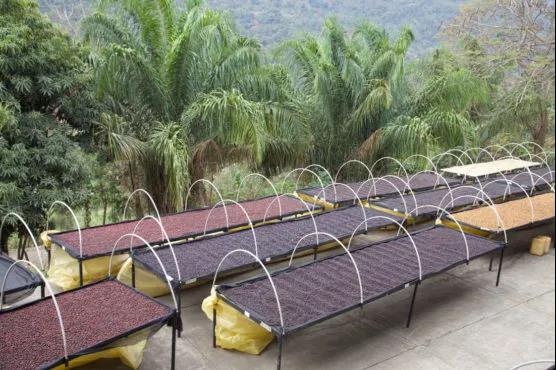
Qianjie believes that with the increasing popularity of Bolivian coffee, it will make producers pay more attention to the quality of coffee and bring about a new wave of boutique coffee cultivation in Bolivia.
Front Street Coffee Bolivia Waliki Manor Cocoa Sun Java Coffee beans
Coffee producing area: la Paz La Paz
Planting altitude: 1600 m
Coffee variety: Java Java
Treatment method: cocoa sun treatment Coco natural
Bouquet: the palate shows the acidity and sweetness of citrus Hawthorn, with hints of fruit chocolate and vanilla cream. After cooling, with a touch of maple syrup and jasmine tea, sucrose back to sweet for a long time.
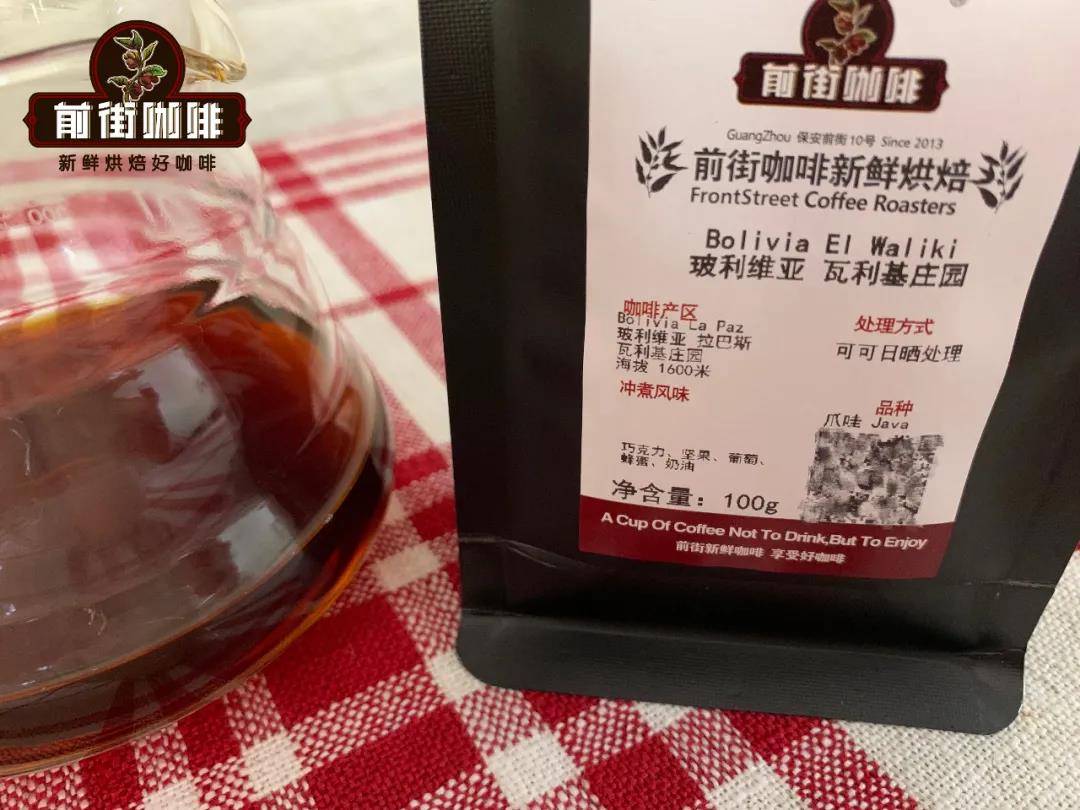
Qianjie Chong Bao
Qianjie Coffee uses a V60 filter cup to brew this coffee bean. V60 tapered filter cup has a relatively large hole, coupled with its unique spiral curve ribs, so that the air can be discharged more easily so as to improve the extraction quality. The taste may not be thick enough, but its high concentration of sweet and sour and obvious aroma is a major feature of it.
Water temperature: 90-91 degrees
Degree of grinding: BG#6m (size of fine sugar)
Ratio of powder to water: 1:15
Amount of powder: 15g
Qianjie cooking technique: the first section is filled with 30 grams of water for 30 seconds, followed by 95 grams (the electronic scale shows that about 125 grams), and the injection is completed in about 1 minute. When the water level drops to 2 grams in the powder layer, the remaining 100 grams are injected at 3 places (about 225 grams shown by the electronic scale), about 1 minute and 40 seconds. The titration is completed, remove the filter cup and complete the extraction.
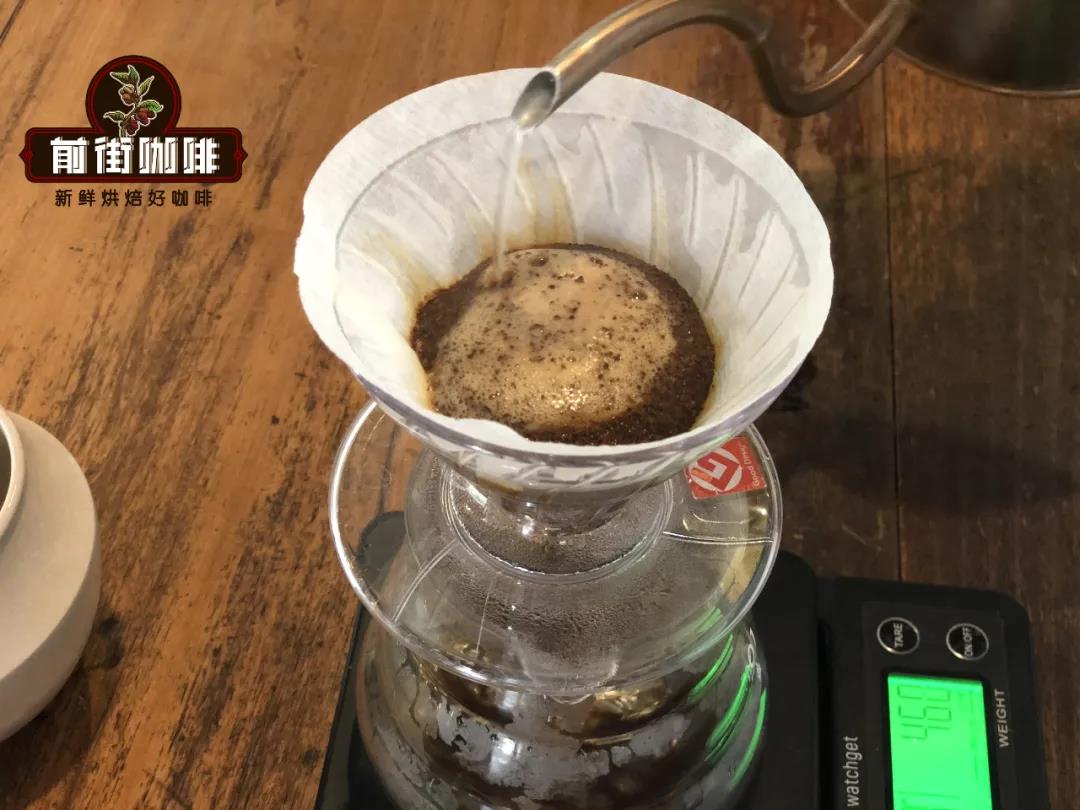
Brewing flavor: slightly fermented, grape, light nut, floral, medium acidity, fruit juice taste.
For more boutique coffee beans, please add private Qianjie coffee on Wechat. WeChat account: kaixinguoguo0925
Important Notice :
前街咖啡 FrontStreet Coffee has moved to new addredd:
FrontStreet Coffee Address: 315,Donghua East Road,GuangZhou
Tel:020 38364473
- Prev
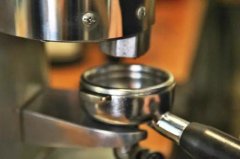
How do you make a good espresso? How to get the powder correctly? How to thicken with a coffee machine
Professional coffee knowledge exchange more coffee bean information please follow the coffee workshop (Wechat official account cafe_style) how to make a cup of delicious espresso? How to get the powder correctly? How to concentrate with a coffee machine? For a long time, some coffee lovers often ask the editor a lot of questions. However, the editor found that most of the problems do not lie in the theory of Shenzhen and Australia, but in the basic motion.
- Next
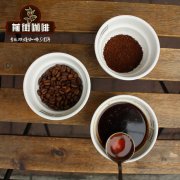
How do you make espresso? What are the skills of cloth powder? What are the steps to concentrate cloth powder in Italian style
Professional coffee knowledge exchange more coffee bean information please follow the coffee workshop (Wechat official account cafe_style) Italian espresso how to do? What are the skills of cloth powder? What are the steps to concentrate cloth powder in Italian style? Last issue [details is technology] the first basic action of making espresso: it was said in the powder that powder is the first action of cloth powder, so today, the editor
Related
- Detailed explanation of Jadeite planting Land in Panamanian Jadeite Manor introduction to the grading system of Jadeite competitive bidding, Red bid, Green bid and Rose Summer
- Story of Coffee planting in Brenka region of Costa Rica Stonehenge Manor anaerobic heavy honey treatment of flavor mouth
- What's on the barrel of Blue Mountain Coffee beans?
- Can American coffee also pull flowers? How to use hot American style to pull out a good-looking pattern?
- Can you make a cold extract with coffee beans? What is the right proportion for cold-extracted coffee formula?
- Indonesian PWN Gold Mandrine Coffee Origin Features Flavor How to Chong? Mandolin coffee is American.
- A brief introduction to the flavor characteristics of Brazilian yellow bourbon coffee beans
- What is the effect of different water quality on the flavor of cold-extracted coffee? What kind of water is best for brewing coffee?
- Why do you think of Rose Summer whenever you mention Panamanian coffee?
- Introduction to the characteristics of authentic blue mountain coffee bean producing areas? What is the CIB Coffee Authority in Jamaica?

